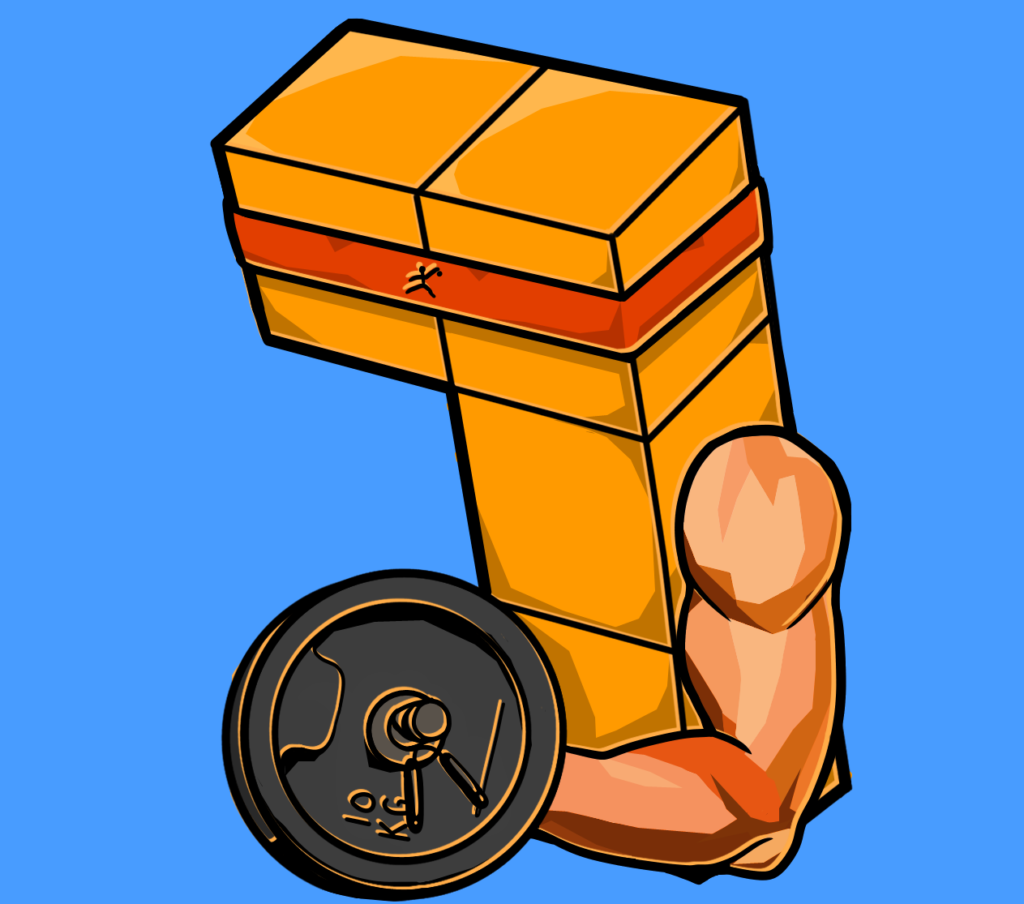On Oct. 20, 17-year-old Joseph Saelee was crowned Classic Tetris World Champion for the second year running, blazing past a field made up largely of much older, more experienced competition. He proved his miracle win last year over seven-time champion and Tetris legend, Jonas Neubauer, was not a fluke.
The kid is just that good, on a level that seems to exceed anything ever demonstrated by the hundreds who have played the game at an elite level.
It shouldn’t surprise you if you’ve read this far that I’m a huge fan of classic Tetris, and I was thrilled to see Joseph (the best Tetris players are known by their first names) take another title. The California teen’s explosive rise to the pinnacle of a scene that has welcomed him is a sign of the open and promising future for classic Tetris that I’ve ever seen in my years following the competition.
After showing up for his first tournament in 2018 as a relatively promising unknown just hoping to qualify for the elimination round, Saelee overcame the most stacked bracket in the as-yet history of the game.
He came away a world champion after defeating Harry Hong, Koji “Koryan” Nishio, and Neubauer, all more than twice his age and, arguably, the three greatest players of all time. This year, Joseph did it again, cementing his number one position and ushering in a new era for classic Tetris.
In his wake have followed dozens of young, dynamic new players, coming out of the worldwide woodwork to become genuine contenders at the highest level of competition. Even Tetris creator Alexey Pajitnov himself, came in person to the 2019 Classic Tetris World Championship (CTWC), which is foremost a celebration of his work.
This is all exciting news. Classic Tetris as a competitive endeavor seems to have finally hit critical mass and begun to flower into a global phenomenon after decades of being sustained more or less entirely by a small community of hardcore fans. Yet I don’t know anyone else who really follows it.
Classic Tetris is a bit of a funny animal that way, even among esports. Anyone can pick up a Nintendo Entertainment System (NES) or an emulator and play, and there are people in the community who’ve been watching blocks drop since the game came out 30 years ago.
This makes classic Tetris universal, but also daunting. In 1989, home console developers hadn’t really matured beyond the arcade mentality of “make games extremely difficult in order to earn as many quarters as possible from unsupervised children,” so NES Tetris is hard, especially compared to modern iterations of the game.
Gone are modern Tetris staples like the held block, the piece preview, and the ability to move your tetromino around once it hits the floor. Even the way the game randomizes what pieces you’ll get is more chaotic, sometimes resulting in extended “droughts” without long bars that can last for dozens of drops and end even top players’ games prematurely.
There are also no enormous esports prize pools for classic Tetris, no endorsement deals, no arenas full of screaming fans. Despite top-of-the-line commentary and popularity on YouTube, the CTWC is still pretty underground as esports go. Other than a few special qualifiers, everyone who competes at the Portland, Oregon tournament pays for their own trip. If you’re serious about competing at the CTWC, you do it because you genuinely love the classic Tetris community and the frequently frustrating, uncut gem of a game that NES Tetris is.
So why do these people play? Because the game, whether by a stroke of programming genius or coincidence, represents what many of them consider to be the closest thing to perfection ever attained in a video game. Somehow, it’s just barely possible for human hands, eyes, and brainpower to stack up the seven perfectly assorted tetrominoes and max the score out at 999,999 points before the kill screen, when blocks start falling so fast that no one, besides Joseph and a few others, is capable of staying alive for more than a line or two. The controls are snappy and responsive, concealing a surprising level of depth and leaving room for a number of advanced, often frame-perfect techniques. Everything from the game’s visual design to its music is charming and cohesive, and it’s all displayed in a format so perfect that puzzle games ever since have rarely deviated from the standard Tetris set in 1989.
Playing classic Tetris at a high level, or just watching it, is mesmerizing. It’s unbelievable that a 30-year-old title holds up so well and still welcomes new fans, young and old, into a vibrant grassroots scene that’s just going to get bigger and better with time.
I’m hoping to make it to the 2020 tournament myself. I’m sitting at a cool rank 103 on the leaderboards (pending acceptance on the forums). I just picked up my NES controller and a copy of the game at Game Craze on East Avenue. Until just a few years ago, the consensus was that classic Tetris had been pushed as far as it could go. As Joseph and his competitors are proving more convincingly with every new record, the potential of Tetris and its players is so much greater. I can’t wait to see what the future of the game holds.



